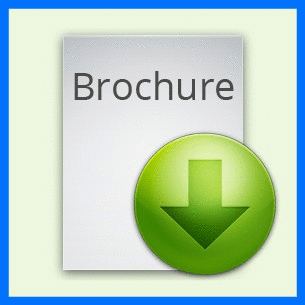
Rebecca Robert
Women’s Christian College, India
Title: Production of PHB (Poly-ß-hydroxybutyrate) based biodegradable plastics from algae
Biography
Biography: Rebecca Robert
Abstract
Statement Of The Problem :
The current emphasis on sustainability, eco-efficiency and green chemistry has led to intensive search for renewable and environmentally friendly resources. Recycling plastic is an option, and works well for bottles, but it can cost more in energy terms than using virgin plastic. Burning waste plastic to harness the energy is another option, but the gases released by some plastics are very toxic. Several plastics masquerade as biodegradable, but breakdown into tiny invisible bits that could affect the soil and animals such as earthworms. One plastic, that’s biodegradable and contains no nasty residues, is called PHBpolyhydroxybutyrate. PHBs are microbial polyesters, synthesized by numerous microorganisms having dual function as a reserve compound and as a stress metabolite accumulating in response to stress condition. In this present study, Algae are used for the production of PHB. Industrial utilization of algae as PHB producers has the advantage of converting waste carbon-dioxide, a greenhouse gas to environmental friendly plastics using the energy of sunlight.
The Purpose Of This Study :
It aims at the production of bio-degradable polymers at low cost. The substrates that are used for the production are very expensive; hence the use of inexpensive substrates can enhance the production of PHB which is used as a bio-degradable polymer in the manufacture of biodegradable plastic. The various inexpensive substrates that are used for the production of PHB includes Milk Whey and Dairy wastewater; Soy molasses; Bermuda grass; Jamul seed; Peel of oranges; Rice grain spent wash; Sago water, Fish meal water, etc.
Methodology And Theoretical Orientation :
- Isolation and screening of new algae capable of utilizing specific carbon substrates and synthesizing novel PHB.
- Standardization of PHB.
- Identification of structure of PHB
- Standardization of conditions for the production of PHB.
- PHB production was also carried out using different carbon substrates like Glucose, Fructose etc.
- Production of PHB using Inexpensive substrates - Soy molasses, sago water, Jamun Seed, Arrowroot powder, peel of oranges, milk whey and Dairy wastewater.
Findings :
- The organisms producing PHB are isolated and its growth conditions are standardized.
- Parameters for the production of PHB by the isolated organism are optimized.
- Mass production of the biopolymer PHB with the standardized condition is optimized.
- Mass production of PHB using various inexpensive substrates is optimized.
- Selection of inexpensive carbon sources for the production of PHB. If the production cost is low, then the manufacture of biodegradable plastic bags, shopping bags and other applications will become feasible for the manufacturers.
Conclusion & Significance :
Algae based bioplastics can play a vital role as an environment friendly and biodegradable alternative compared to conventional plastics. However, it is very clear that our view should be green environment to uphold our future generation to be free from plastic pollution, where the PHB producing algae contributions are going to be phenomenal. The major factor limiting the commercial use of PHB is cost of its production. The two significant areas increasing the production cost are the substrates used for the polymer production and downstream process. The use of inexpensive carbon sources would bring down the polymer cost. The advantages of biodegradable plastics are significant and of great importance for the future of the planet. Plastics are new to society - just a generation ago and plastic consumption was a tenth of what it is now.

